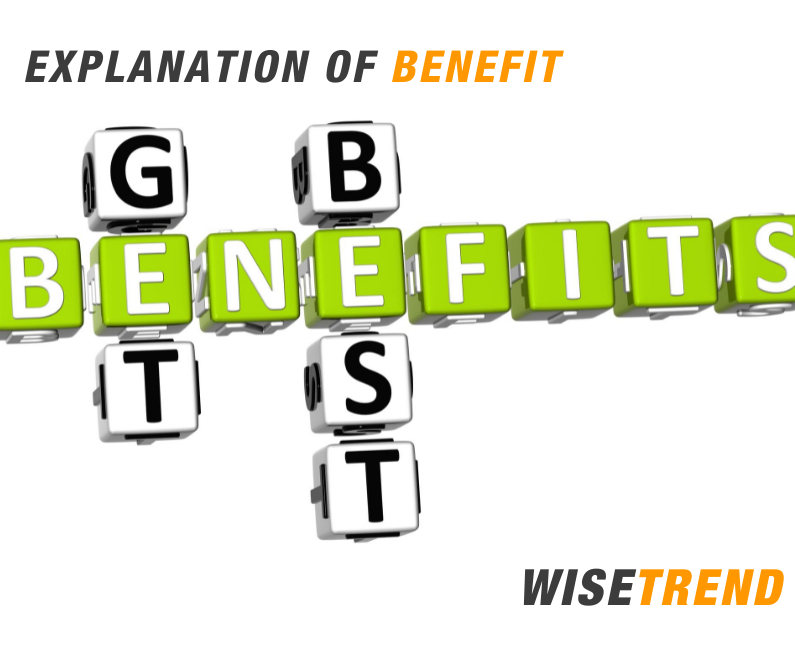
Explanation of Benefit’s (EOB) next to student transcripts are without a doubt the most difficult documents to automate. The value to automate these documents however is tremendously high as they are very expensive to data enter. 3 years ag,o the fad to automating these documents was to use semi-structure data capture to locate information no matter the variation. Companies buying into this fad quickly found themselves in an expensive and deep data capture implementation. This is where I get to tout the power of simplicity and beat down the over complicators.
Just as a Sensei would practice meditation before a bout to calm the nerves so should an implementer of data capture when facing the bloody battle with EOB documents. Simplicity is key when processing EOBs. Organizations should:
- Consider processing first those EOBs that are clear. Clarity is a vague term and includes document structure and scanning quality. But because of the variation across EOB types, its best for an organization to focus on automating the best quality, the ones they know will provide the highest accuracy and then move onto the rest when they have succeeded.
- Consider classification as a primary step. If you can very accurately classify EOBs by type then you don’t need to use semi-structured technology on the EOBs. You simply need to isolate each type and use a combination of coordinate and semi-structured based field location. Because you are working with a single type, you will be way more accurate in locating the fields and reading them.
- Ignore document structure. Very often EOBs don’t follow their own document structure especially when it comes to tables. Often EOBs have tables within tables, or data in tables that does not align to table headings. Additionally EOBs have patients that span pages, and totals for items on previous pages. EOBs should be thought about as a collection of lines that start with a header ( easy to collect the data ) and a footer ( also easy to collect data ). Your job then is to classify lines, and extract data per-line.
- Extract the data then convert it. In EOB processing, there are many items contained within the EOB that have to be converted to another format prior to reconciliation. When trying to extract data, if you focus on the conversions they often muddy up the extraction process. First very accurately get the data from the paper then convert it to the desired format.
For those who are currently processing EOBs and receiving the great value that automation can provide, you truly are black-belts of data capture and have mastered the nuances of document automation. For those of you wanting to process EOBs, it’s very possible, just keep it simple.
